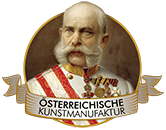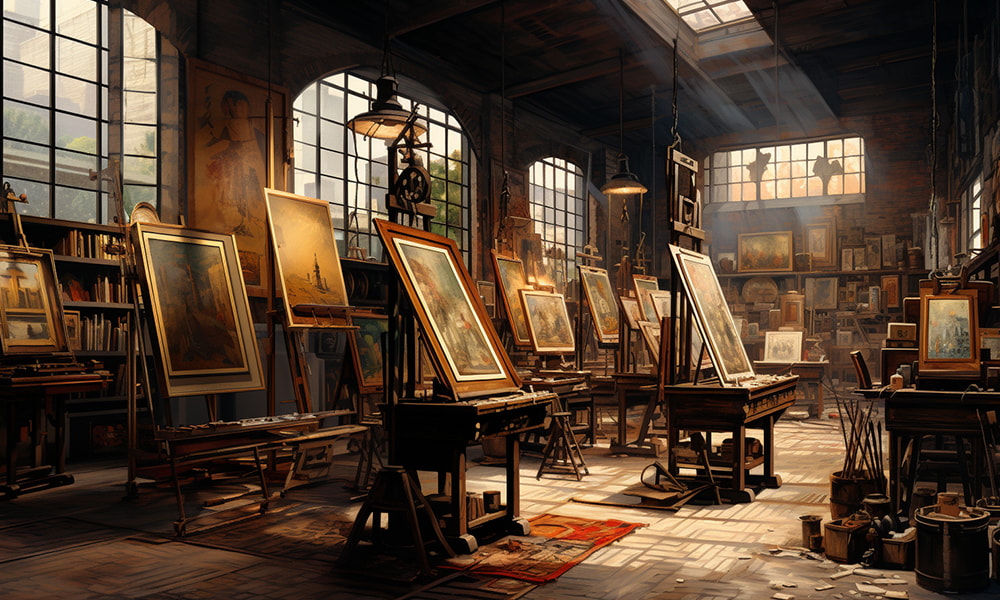Die Wahl des Mediums ist oft eine Frage des persönlichen Geschmacks. Um Ihnen eine klarere Vorstellung zu geben, haben wir zu jedem Medium einige Bilder bereitgestellt. Für ein ganzheitliches Erlebnis offerieren wir Ihnen zudem ein Musterset aller Papiervarianten, sodass Sie nicht nur visuell, sondern auch haptisch eine Entscheidung treffen können. Sie können das
Musterset kostenfrei in Anspruch nehmen – lediglich die Versandkosten fallen dafür an.











